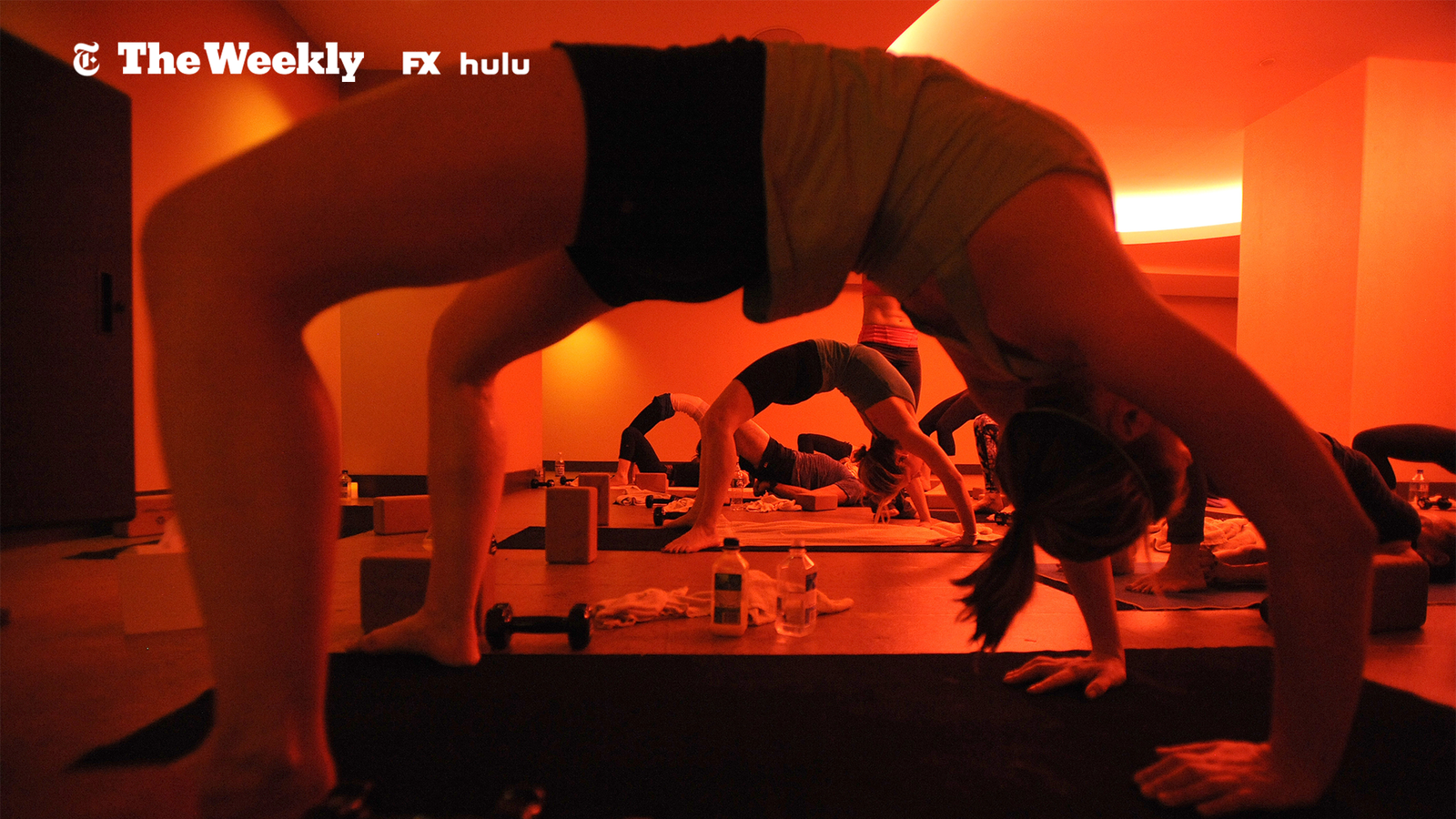
transcript
‘It’s Mutilation’: The Police in Chile Are Blinding Protesters
Our correspondent goes inside an eye trauma unit in Chile that’s responding to “an epidemic” of protesters who have been shot in the eye by police pellet guns.
-
Since mid-October, this has been the scene on the streets of Santiago, Chile. Protesters say they’re fed up with growing inequality. Most come out in peace but they’re met with force, and the situation quickly escalates. Chile is supposed to be one of Latin America’s more stable democracies, a model for success since the country’s dictatorship ended in 1990. But this brutal crackdown suggests the security tactics haven’t changed all that much. Police have fired pellets and rubber bullets. These rounds are often shot at close range, hitting people where they can do maximum damage: the eyes. More than 180 protesters have been partly blinded. And the numbers continue to rise. I follow Carlos Puebla into the eye trauma unit of a public hospital. The waiting room is full of people who tell me a similar story. I’m back with Carlos Puebla. Dr. Carmen Torres, who removed his eye several days ago, tries to insert an implant. But the pain is too intense. Dr. Enrique Morales is tracking what doctors see here as an epidemic of eye trauma. The government denies any wrongdoing. Later, my official request to the minister and to the police were also declined. International human rights groups are investigating allegations of abuse. But that process rarely succeeds in bringing the powerful to account. After all, it was Chile’s president, Sebastian Piñera, who set the stage for the violent clampdown. Since then, at least five deaths, more than 180 severe eye injuries, 1,800 hospitalizations, 5,000 arrests, plus allegations of torture and sexual violence. Many of the victims say they were not acting aggressively when they were shot. All they can do now is file a lawsuit and wait. The police violence hasn’t deterred people from coming out — to the contrary. A few days after I met him in the hospital Pablo Verdugo is back on the streets, taking care to protect his face and eyes from tear gas.


transcript
-
“Somebody wouldn’t be doing something inappropriate in a room full of people, would they?” “I remember feeling nauseous. I didn’t say anything. I just went on with Ashtanga yoga mindset.” “Is this baked into the culture of yoga?” “Do you ask, may I touch you?” “Do you all have any rules about consent with adjustments?” “I really didn’t want to be in that position.”


A co-chief film critic of The New York Times debates himself on the subject.
____




